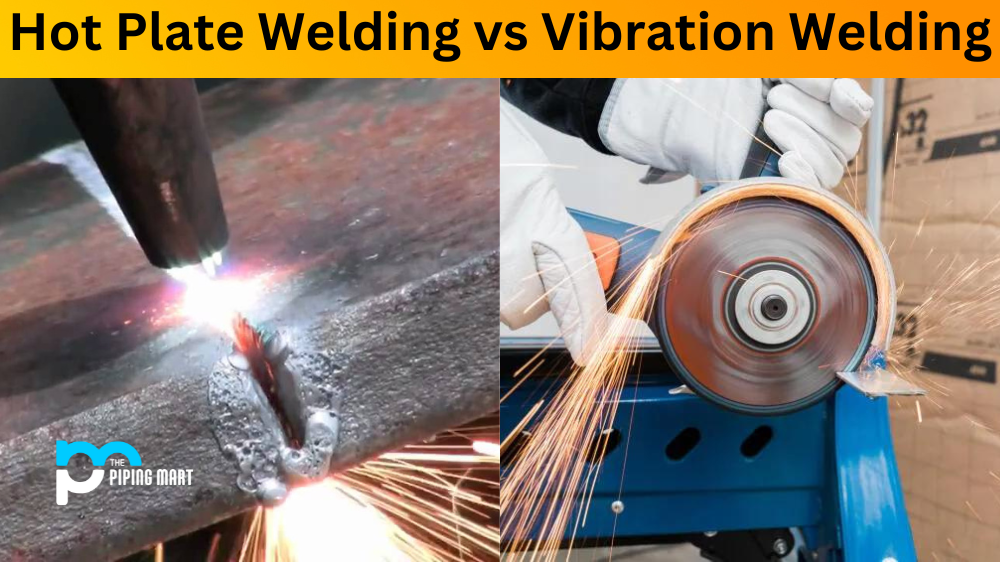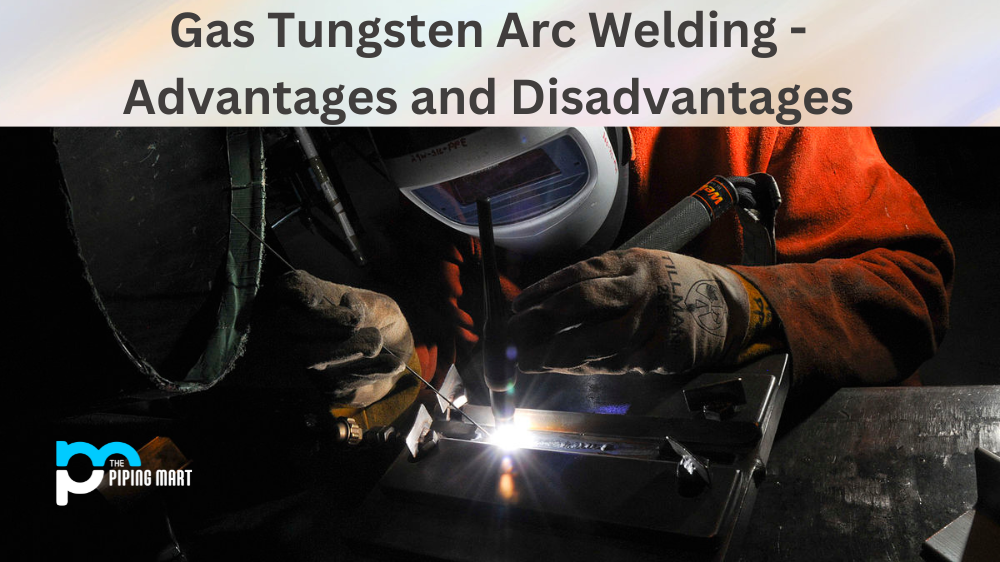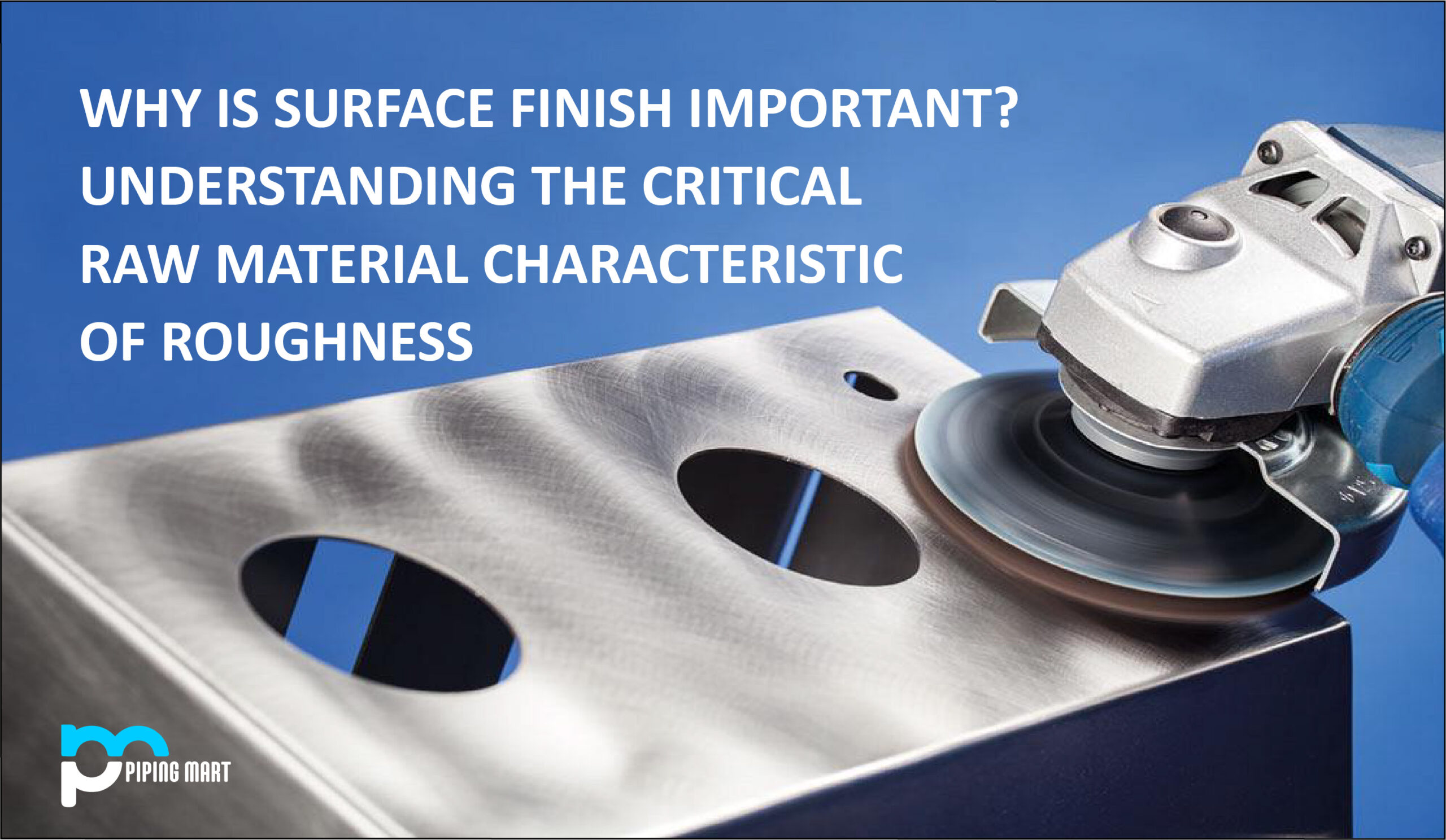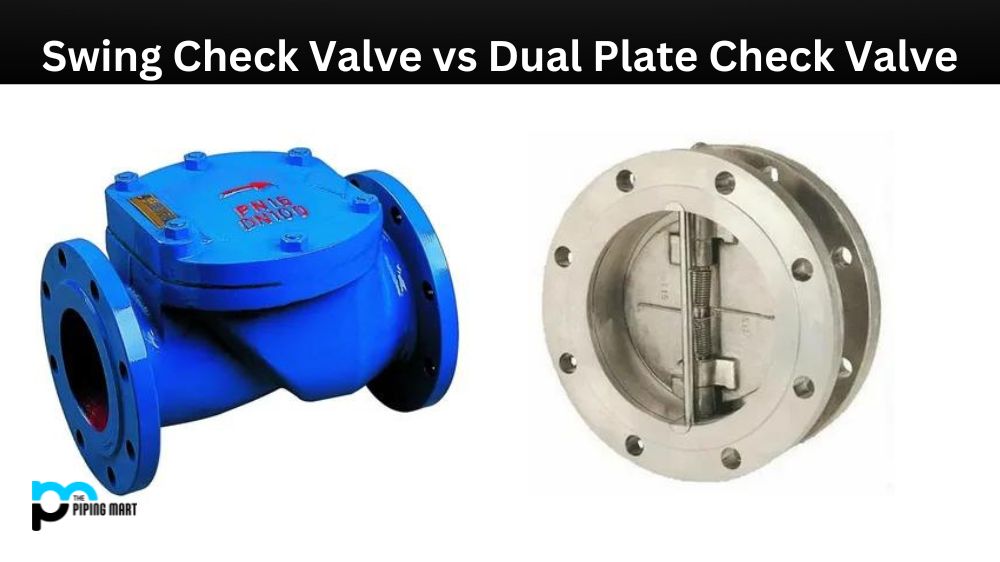Industrial manufacturing processes have constantly evolved through the years, and two such technologies that have revolutionized the world of plastic welding are hot plate welding and vibration welding. Both serve a similar purpose of joining materials but use different temperature ranges and vibration frequencies. Despite this difference, they share commonalities and choosing between the two may depend on factors such as material type and application requirements. This blog post will explore the differences between hot plate welding and vibration welding.
What is Hot Plate Welding?
Hot plate welding, heated tool welding, or butt joining involves pressing two plastic pieces together to create a solid bond. The process involves heating a plate to an ideal temperature, placing the pieces between it and compressing them. Hot plate welding is perfect for welding plastics with different melt points. The heat from the hot plate softens the plastic, allowing it to bond with the other piece when pressure is applied.
One advantage of hot plate welding is that it creates a clean and precise fusion between materials, which makes it ideal for manufacturing applications such as automotive, medical, and electronics. However, it has a slower cycle time compared to other welding methods, making it less ideal for parts that require mass production.
What is Vibration Welding?
Vibration welding, conversely, involves rubbing two pieces of plastic together at high frequency and pressure until it liquefies and fuses. A typical vibration welder consists of two clamps, a stationary and a vibrating clamp. The stationary clamp holds one plastic piece, while the vibrating clamp holds the other. The vibrating clamp then moves back and forth, making contact with the stationary clamp. The friction between the two pieces causes localized heating and melts the plastic, creating a robust bond.
Vibration welding is ideal for thermoplastics because it produces a consistently strong joint, making it faster and more efficient. Since it requires little preparation, it is perfect for mass production. Vibration welding is used in various applications such as automotive, medical equipment, household appliances, etc.
Difference Between Hot Plate Welding and Vibration Welding
Advantages of Hot Plate Welding
One advantage of hot plate welding over vibration welding is that it can weld larger pieces of plastic together. Additionally, hot plate welding is typically faster than vibration welding, as it does not require the setup time that vibration welding does. Finally, hot plate welding can be performed manually or automatically, while vibration welding must be performed automatically.
Advantages of Vibration Welding
One advantage of vibration welding over hot plate welding is that it can weld smaller pieces of plastic together. Additionally, vibration welding typically produces stronger bonds than hot plate welding, as the vibrations help to evenly distribute the molten plastic throughout the joint. Finally, vibration welding is less likely to cause warping or distortion than hot plate welding.
Disadvantages of Hot Plate Welding
One disadvantage of hot plate welding is that it can only be used to weld relatively thin pieces of plastic together; if thicker pieces are welded, they will not bond properly. Also, hot plate welders are expensive, and the process can slow if multiple passes are required. Finally, if not used properly, hot plate welders can cause warping or distortion.
Disadvantages of Vibration Welding
Though vibration welding has become a popular technique in various industries, it has some disadvantages that must be considered. One of the biggest challenges of this method is the potential for part deformation due to the intense heat generated during welding. Additionally, vibration welding may not be suitable for welding certain materials, such as fibrous or highly filled materials. Another drawback is the need for a custom tooling design, making it expensive for small-scale production. Despite these limitations, vibration welding can still be effective when used appropriately.
Comparison
The main difference between hot plate welding and vibration welding is the technology used and the characteristics of the bond formed. Both are effective methods of bonding plastic parts, but each has advantages and disadvantages depending on the type of material used and the desired result.
Hot plate welding requires the heat source to exceed the melting temperature, producing a more special bond than vibration welding. While vibration welding works on a wider range of plastics at lower temperatures, it is not ideal for parts with complex geometries or 3D shapes.
Conclusion
Hot plate and vibration welding are two industrial processes that effectively bond and manufacture thermoplastic parts. They differ in technology, speed and efficiency, and the characteristics of the bond formed. Choosing between two methods depends on various factors, such as the type of material used and the application requirements. Both processes have their strengths, making them ideal welding methods for different applications. Hot plate welding is your ideal choice if you’re looking for precision. Vibration welding is the way to go if you want to produce parts quickly, efficiently, and cost-effectively.
Rachana is a dedicated and ambitious young woman who has made a name for herself in the metal industry. From her earliest days in the industry, Rachana showed a natural talent for problem-solving and a keen eye for detail. In her free time, She enjoys reading up on the latest advancements in the industry, as well as exploring new ways to innovate and improve upon existing processes.




